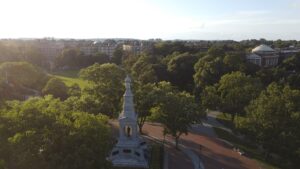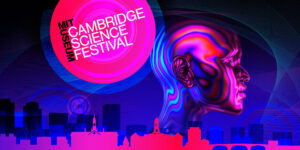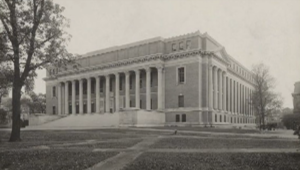The Massachusetts Institute of Technology, founded on April 10, 1861, stands as a paragon of educational and technological excellence. This article takes a closer look into MIT’s illustrious history, its contributions to science and technology, and its ongoing impact on the world.
Founding of MIT
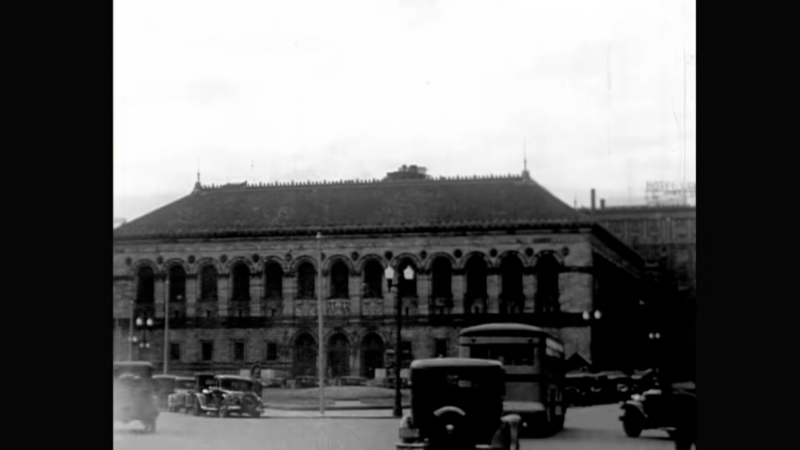
In 1846, William Barton Rogers envisioned an institution that would mold the future of science and technology.
This dream culminated in the establishment of MIT, with its charter granted by the Commonwealth of Massachusetts on April 10, 1861. Notably, this was over two centuries after Harvard University, a future neighbor and academic collaborator, was founded in 1636.
The Early Years
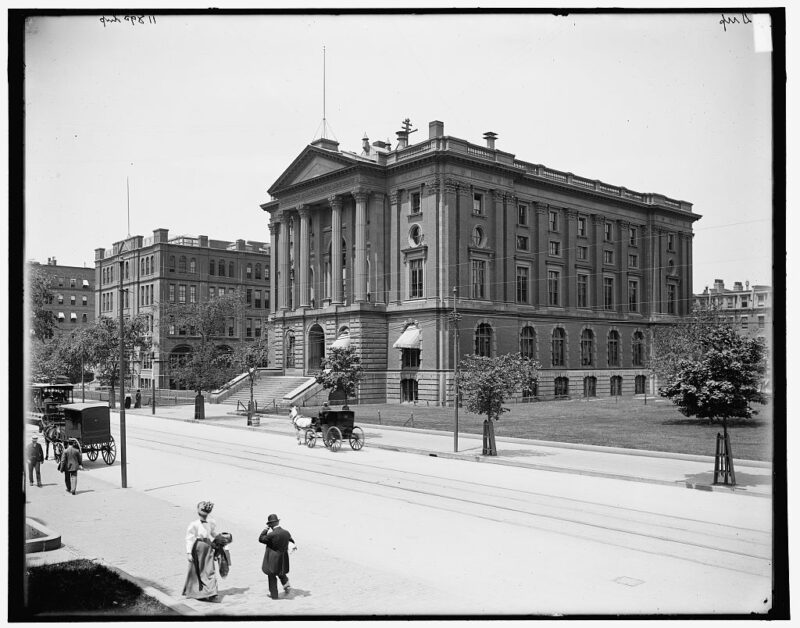
MIT’s journey began in Boston’s Back Bay, where it operated from rented quarters on Summer Street. Despite the Civil War’s interruptions, MIT opened its doors for classes in 1865, marking the start of a journey that would revolutionize scientific education.
Pioneers
Ellen Swallow Richards, who graduated in 1870, was MIT’s first female graduate and later joined its faculty. Robert Robinson Taylor, the son of a freed slave, was MIT’s first African-American graduate in 1892.
Other notable pioneers throughout the years are:
| Name | Achievement | Graduation Year |
|---|---|---|
| Buzz Aldrin | The second person to walk on the Moon, Doctorate in astronautics | 1963 |
| Ilene S. Gordon | CEO, President and Chairman of Ingredion, BSc in mathematics | 1975 |
| Richard Feynman | Nobel Prize in Physics, Bachelor’s in Theoretical Physics | 1939 |
| Jonah Peretti | Co-founder of BuzzFeed and The Huffington Post, Postgraduate | 1996 |
| Shirley Ann Jackson | First African-American woman to earn a doctorate in nuclear physics | 1973 |
| Robin Chase | Founder of Buzzcar, Co-founder of Zipcar, Masters in Management | 1986 |
| Kofi Annan | Seventh Secretary-General of the United Nations, Nobel Peace Prize | 1972 |
| Katharine McCormick | Philanthropist, funded the first birth control pill, BSc in biology | 1904 |
| Michael J. Massimino | Astronaut, MSc degrees in mechanical engineering, technology, and public policy | 1988 |
| Andrea Wong | President of Sony International Production, Degree in electrical engineering | 1988 |
MIT’s Commitment to Diversity
Massachusetts Institute of Technology admitted its first international student in 1866 and continues to maintain a diverse student body, including substantial numbers of women and minority students.
Where is MIT Located Now?
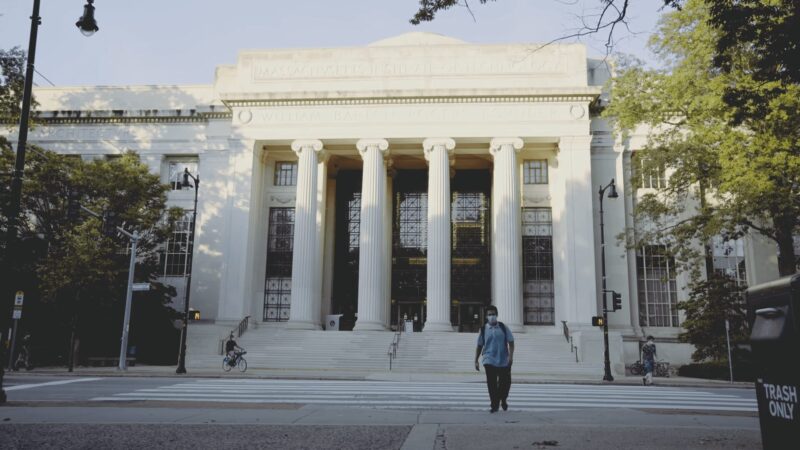
In 1916, thanks to a generous donation from George Eastman, MIT moved to its current location in Cambridge, Massachusetts. This new campus, spanning 168 acres, became a hub for innovation and intellectual growth.
The Massachusetts Institute of Technology is situated as a private, land-grant research university in Cambridge, Massachusetts, and has significantly contributed to developments in modern technology and science since its establishment in 1861.
MIT’s identity is encapsulated in its official colors, Cardinal Red and Silver Gray, and its mascot, the beaver, chosen for its ingenuity and industrious nature.
MIT During Wartime
The Massachusetts Institute of Technology played a pivotal role during World War II, transforming into a hub of invention and innovation under the leadership of Karl Taylor Compton, its president from 1930.
Compton’s vision for MIT, coupled with his collaboration with Vannevar Bush, an electrical engineering professor and the first dean of the School of Engineering, propelled the institution into a new era. This partnership was instrumental in fostering research relationships with the government, particularly as the war loomed.
MIT’s campus became a bustling center of creativity, hosting significant research labs like Charles Stark Draper’s instruments lab, the Radiation Laboratory, and Harold Edgerton’s strobe lab. These facilities made crucial contributions to the war effort, with advancements in areas like radar technology, aerial photography, and navigational instruments.
Post-war, these labs evolved, with Draper’s lab becoming independent and the Edgerton Center emerging as a hands-on educational space, continuing MIT’s legacy of innovation.
The Mission

At its core, the Massachusetts Institute of Technology aims to advance knowledge in science, technology, and other areas to benefit humanity. This mission drives its rigorous academic programs and research initiatives.
MIT’s commitment to solving environmental and social issues is exemplified by initiatives like the Union of Concerned Scientists. Its research endeavors extend beyond academic boundaries, impacting real-world challenges.
Renowned Programs and Admissions
Known for its STEM programs, MIT’s acceptance rate of 6.7% for the class of 2023 reflects its status as one of the most prestigious institutions in the United States. Its rigorous admissions process ensures a talented and diverse student body.
MIT’s campus is a melting pot of cultures, with students from all 50 states and over 135 countries. Its rich campus life includes numerous art installations, green spaces, and athletic facilities.
Global Footprint
MIT is not just an American institution but a global influencer. Its alumni and faculty have received numerous prestigious awards, including Nobel Prizes and Turing Awards, underscoring its global impact.
Under the leadership of President Sally Kornbluth, it continues to forge new paths in education and research. Its role in the Cambridge community highlights its commitment to collaboration and innovation.
FAQs
What are some historical facts about MIT?
It was chartered by Massachusetts in 1861 and became a land-grant college in 1863. William Barton Rogers, the founder and first president, had the vision for an institution dedicated to scientific and technical training. The opening was delayed until 1865 due to the American Civil War, starting with 15 students in Boston. It moved to Cambridge in 1916.
Is MIT better than Harvard?
Both of them consistently top national college ranking lists and are renowned for their premier academics and distinguished faculty. The question of which is better depends on individual fit and preference, as they cater to different strengths and academic focuses.
What is so special about MIT?
MIT’s special features include a strong residential system, an intense and passionate academic environment, a diverse range of interests among students, unconventional creativity, collaboration, and a culture that embraces both the challenges and rewards of academic rigor.
How realistic is it to get into MIT?
Getting into MIT is extremely competitive, with an acceptance rate of 4.1%. This requires excellent grades, test scores, essays, and letters of recommendation.
What are 3 interesting facts about MIT?
It was founded two days before the start of the Civil War in 1861. Oliver Smoot, a student, measured the Harvard Bridge in a unique way in 1958. Contrary to popular culture, it does not have any class ranking for its students.
Why is MIT a big deal?
MIT leads in engineering, science, and technology, with a strong emphasis on turning technology ideas into successful businesses. It’s known for its significant contributions, including numerous inventions, and boasts notable alumni like Buzz Aldrin and Tim Berners-Lee.
Is MIT number 1 in the world?
MIT has topped world university rankings, acclaimed for its expertise in engineering, science, and technology, and for transforming students’ technology ideas into successful businesses.
Which is cheaper Harvard or MIT?
The tuition and fees are similar at both institutions, with Harvard slightly cheaper than MIT. However, both universities offer significant financial aid, potentially reducing the cost for many students.
Conclusion
MIT’s journey from a visionary’s dream to a global leader in science and technology is a testament to its enduring commitment to innovation, diversity, and excellence. As it continues to shape the future, MIT remains a beacon of knowledge and progress for the world.







